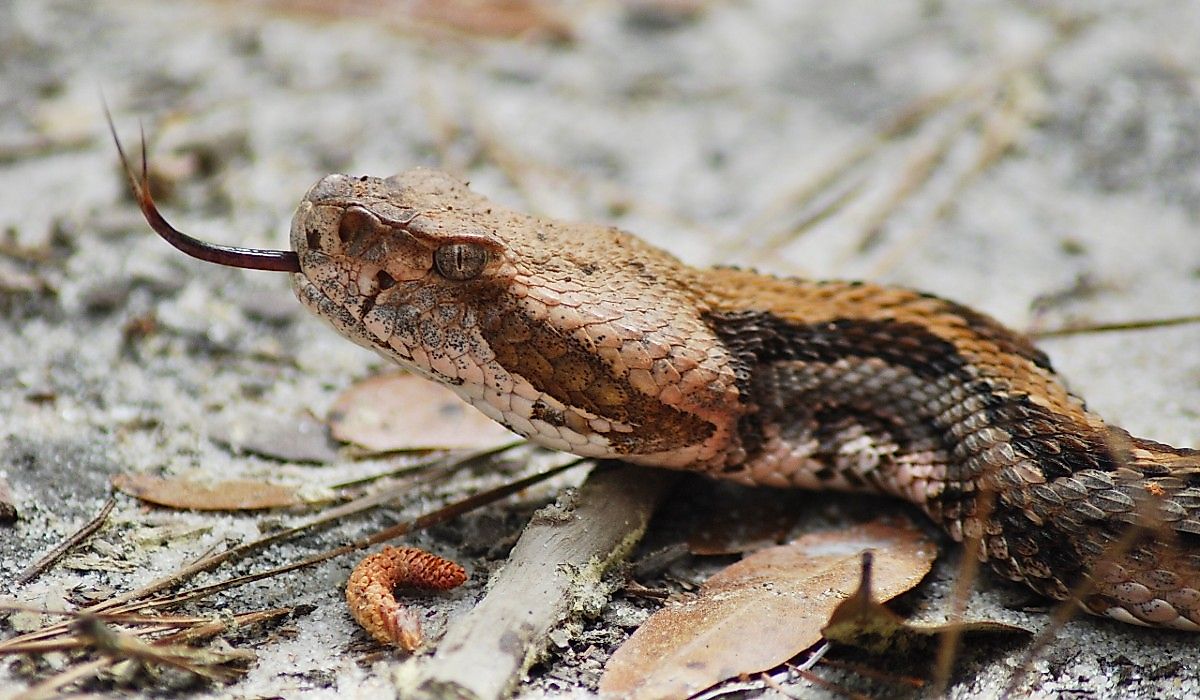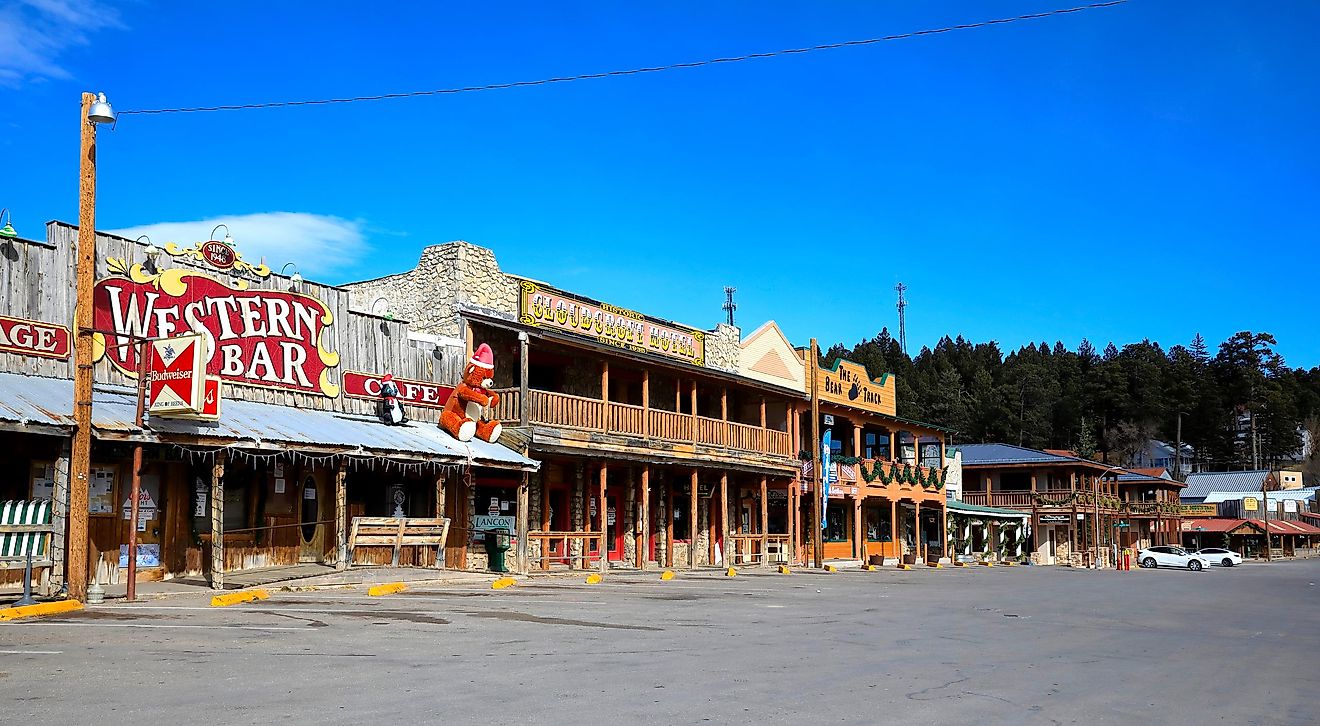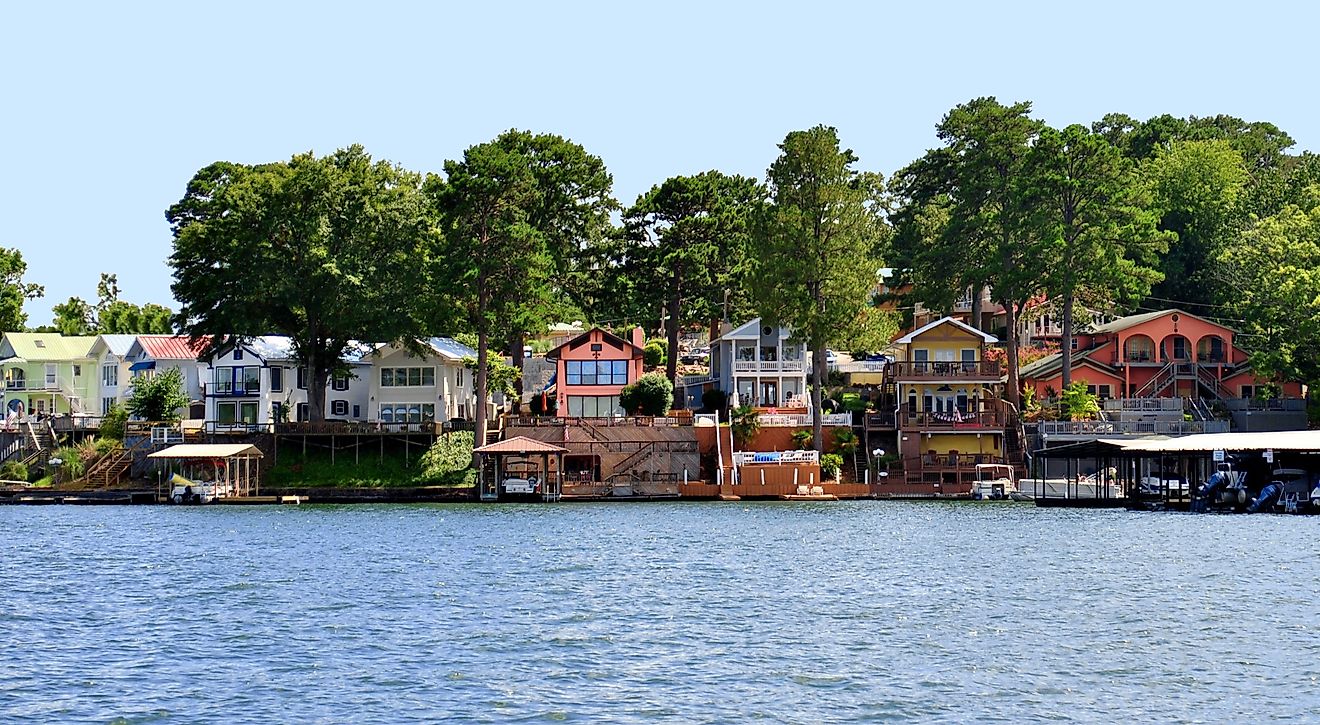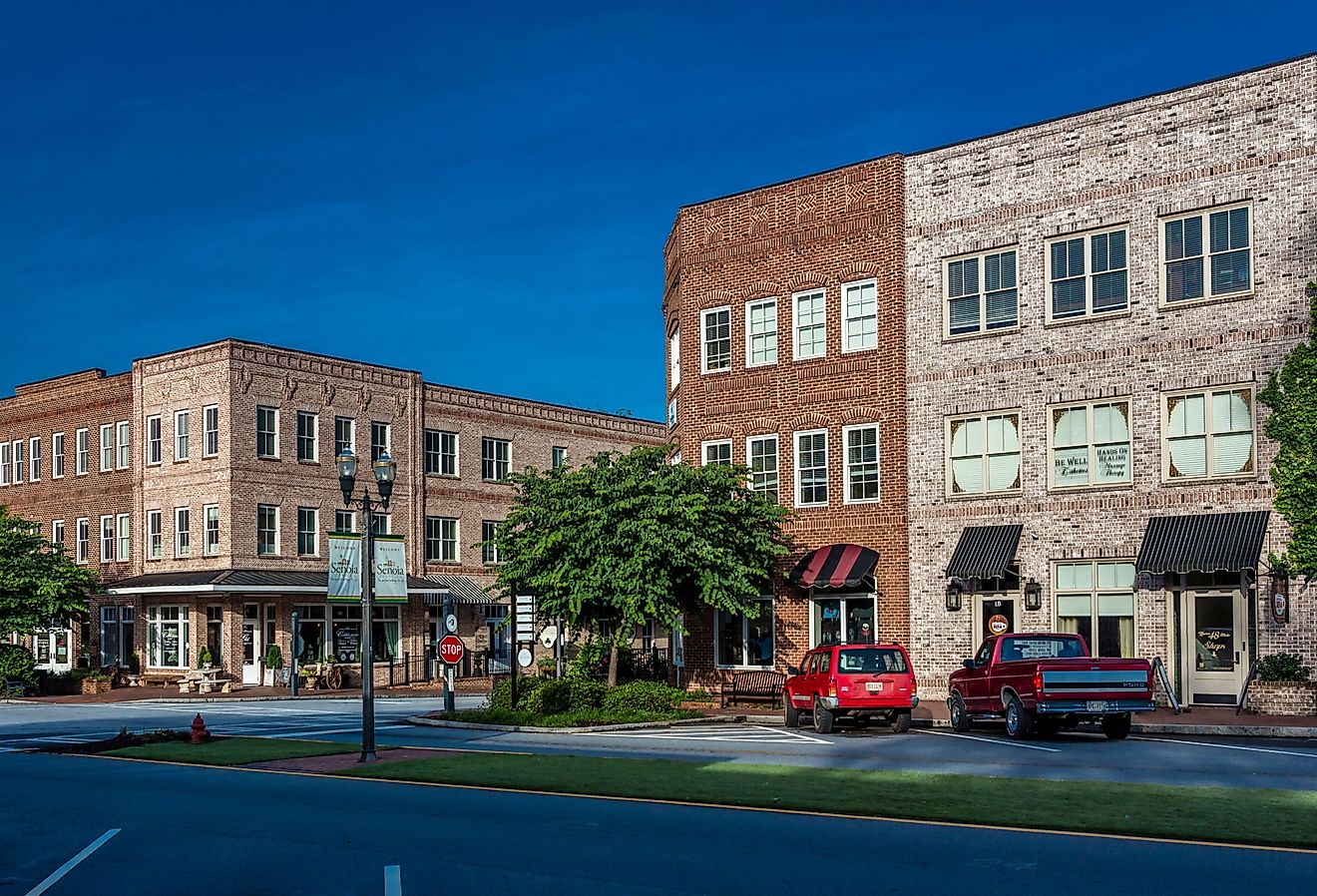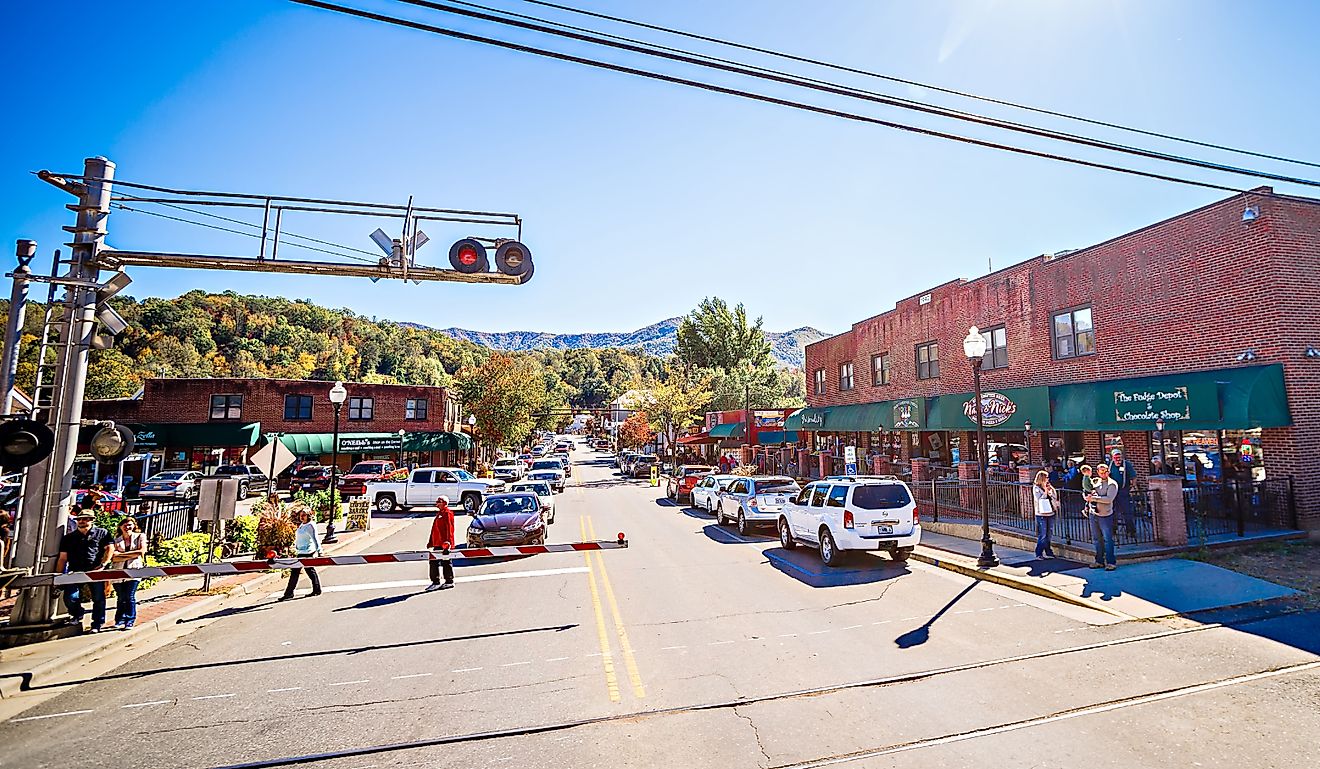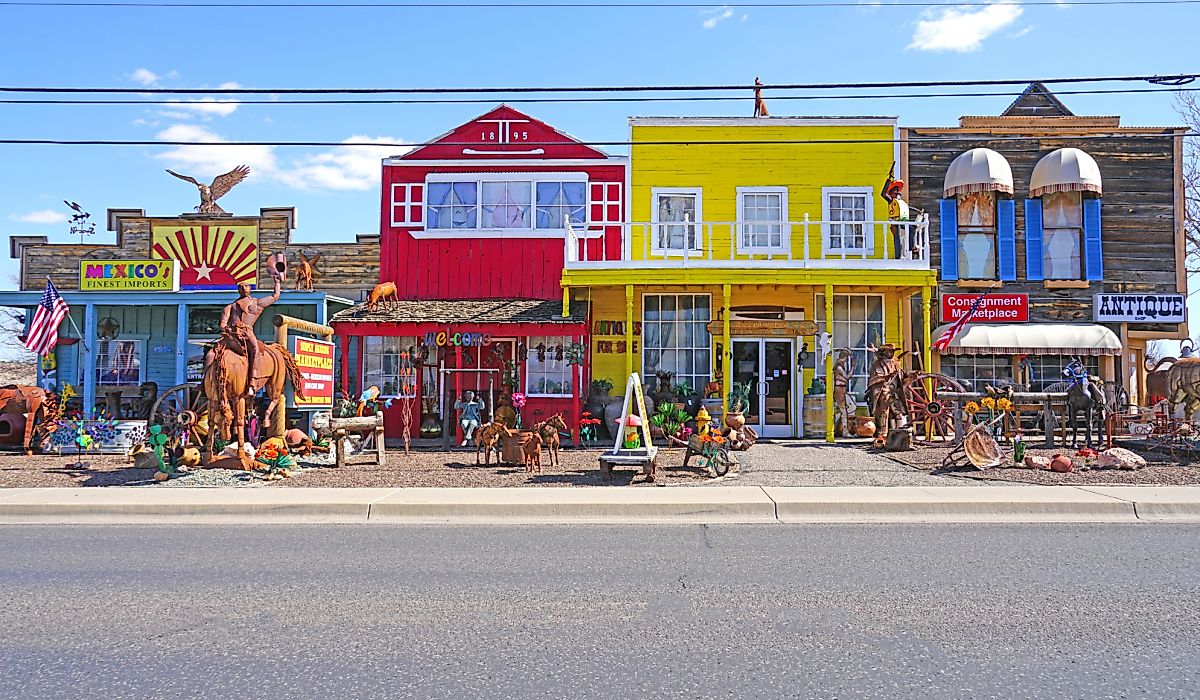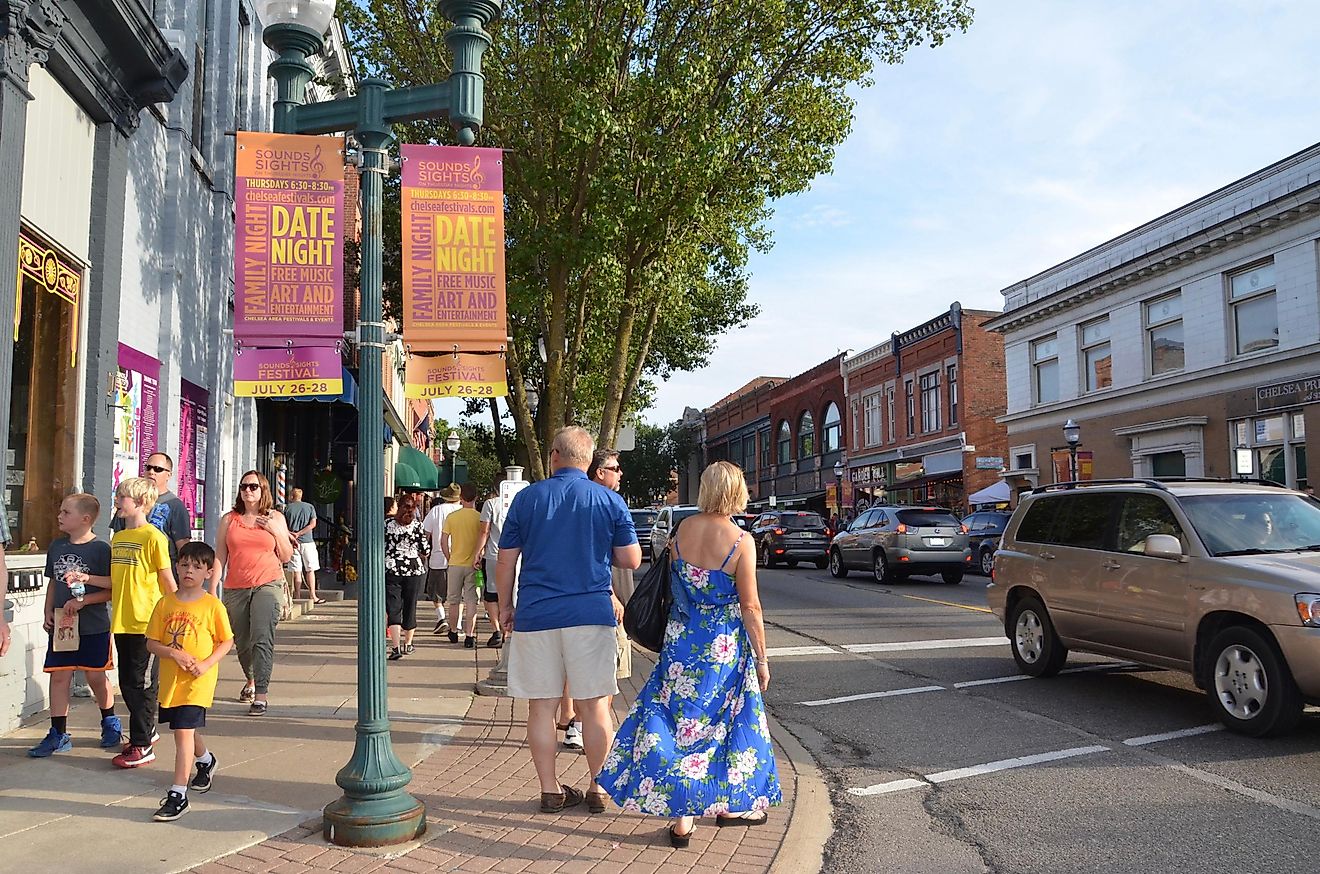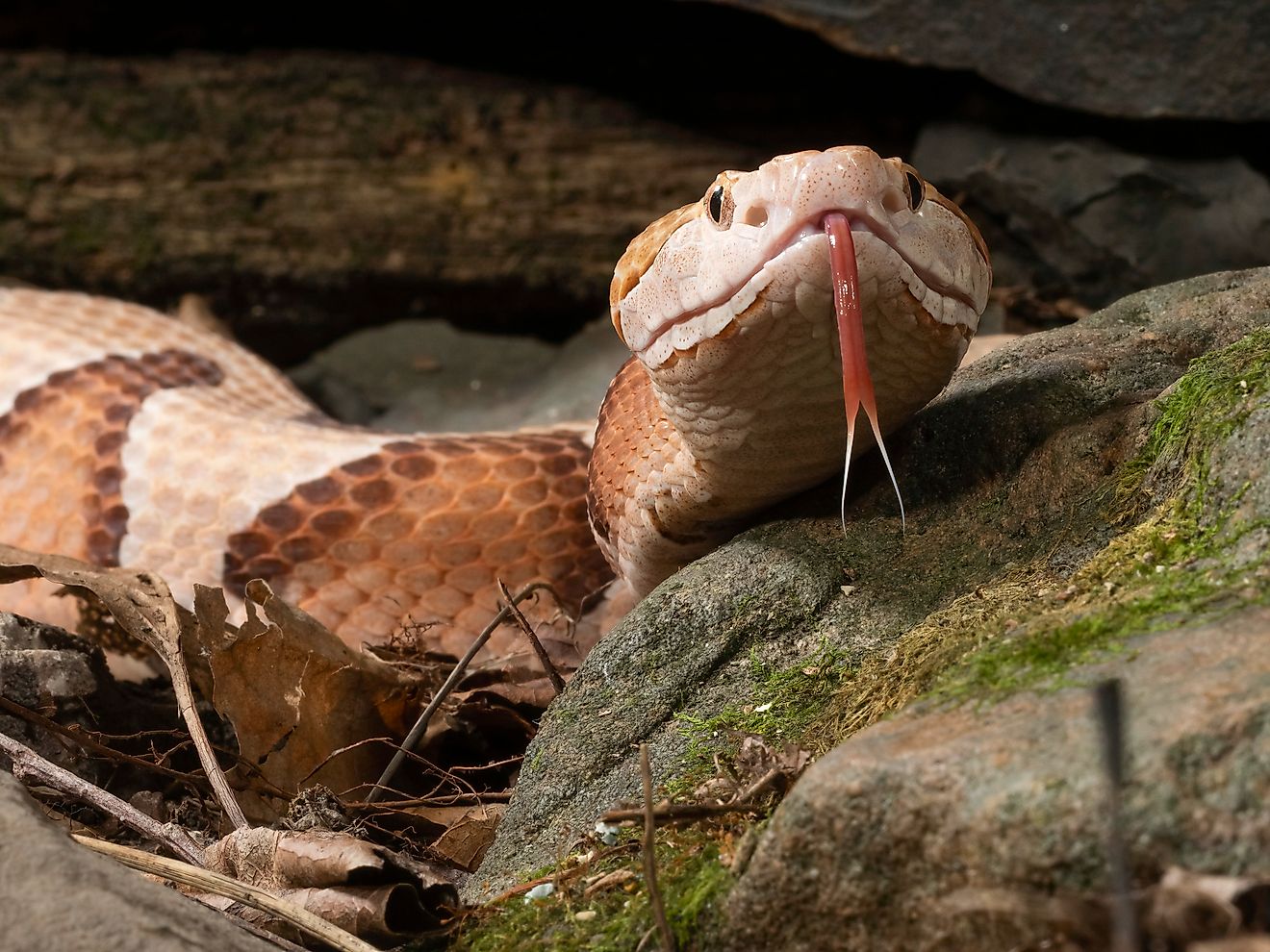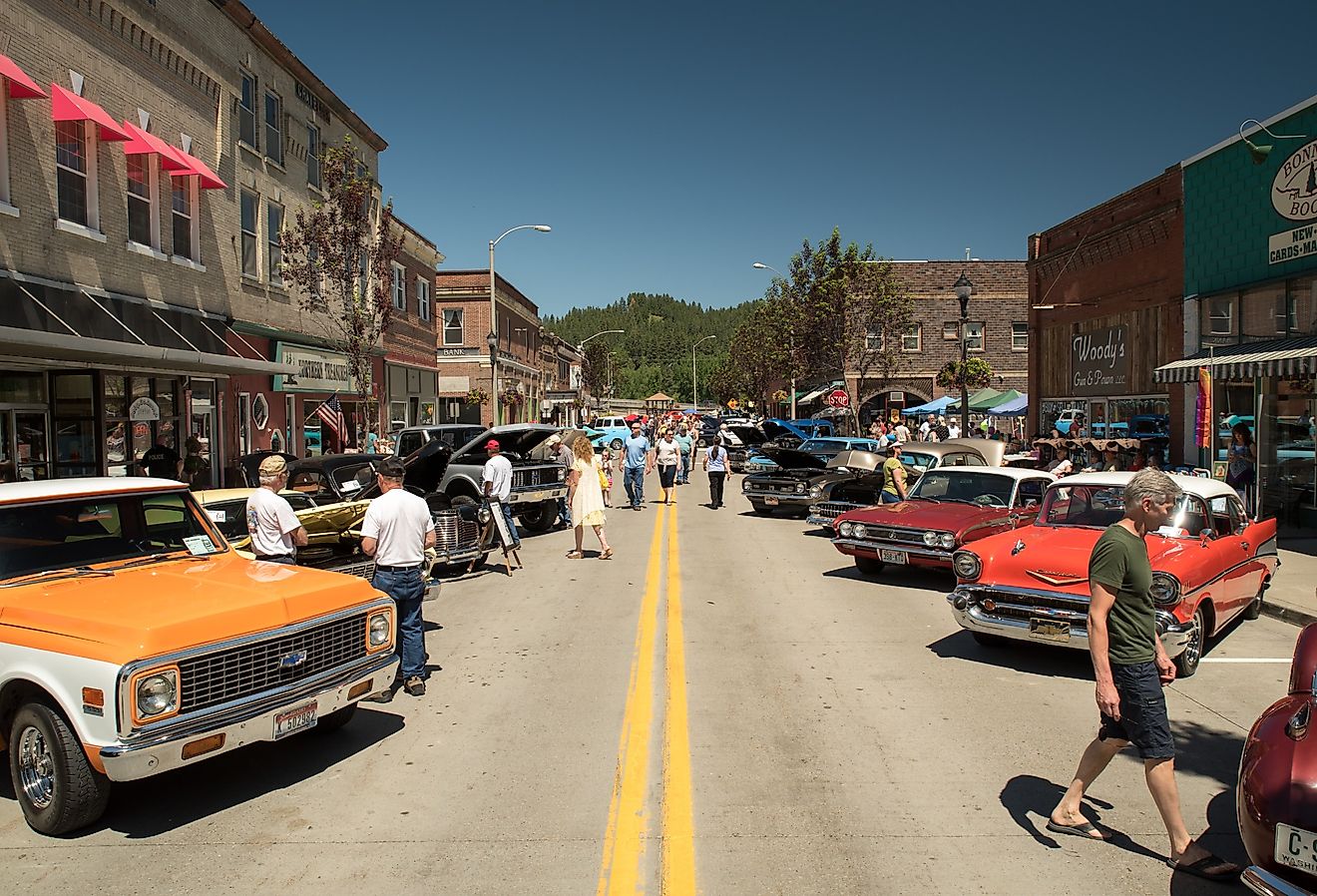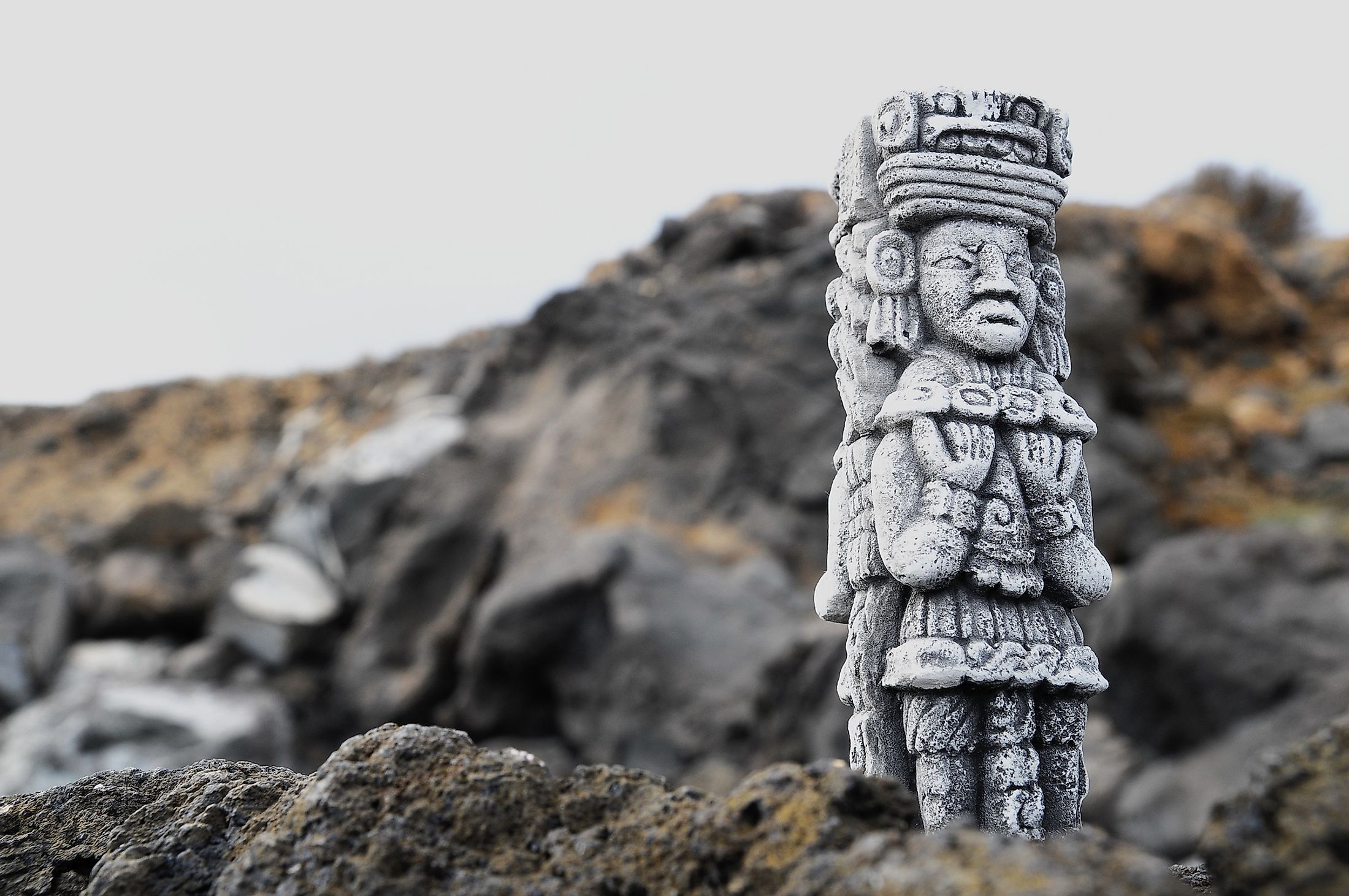
Mesoamerica
The term “Mesoamerica” is a Greek derivation that literally means “Middle America.” The term was first used by a German-Mexican archaeologist named Paul Kirchoff, who coined it in 1943. It refers to a region in the middle of the two Americas, which stretches from south-central Mexico in the north to northern Costa Rica in the south. Thus, it includes several countries, a host of different ethnic groups, and variable geography. The region also has a rich history, including the rise of great civilizations such as the Olmecs, Zapotecs, Teotihuacanos, Mayans, and Aztecs. Although different from each other, these civilizations did share some commonalities, as do the people and countries of the region today.
Geography Of Mesoamerica
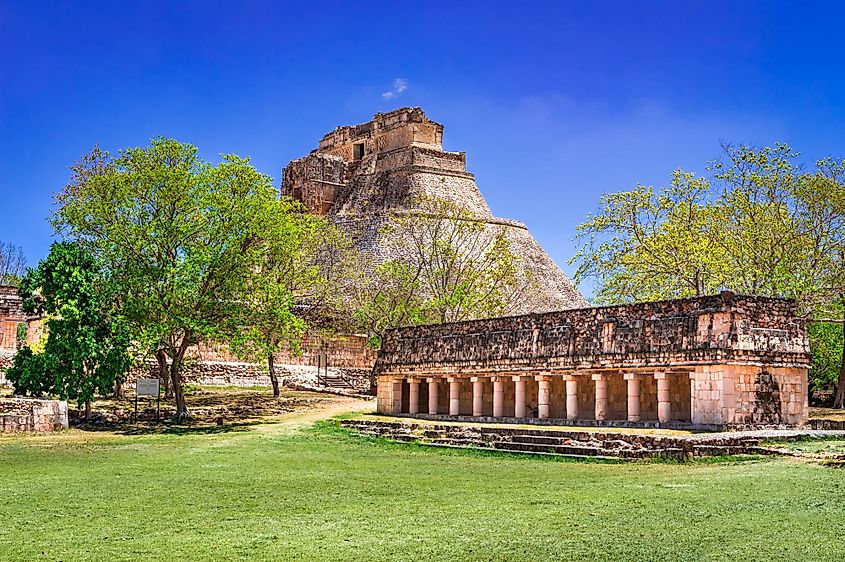
One thing that the ancient pre-Columbian civilizations did not necessarily have in common was geography, since the region includes many geographic areas, including humid tropical areas, dry deserts, high mountainous terrain, and low coastal plains. However, one commonality exists in the vast geography of Mesoamerica: the mountainous terrain of the region tends to be further inland, while areas closer to the coast are at lower elevations. For example, in south-central and southern Mexico, much of the inland terrain consists of peaks and highlands that belong to the Sierra Madre mountain range. In contrast, the areas closer to the Pacific and Gulf Coasts are at significantly lower elevations. This trend generally continues through Central America. A series of mountain ranges stretch from Guatemala through Nicaragua’s border with Costa Rica. Most of the flatter areas closer to the coasts of Mesoamerica consist of Mexico’s Yucatan Peninsula, Belize aside from the Maya Mountains, northern Guatemala, eastern Honduras, eastern and western Nicaragua, most of northern Costa Rica, and the coastal areas of southern Guatemala, northern Honduras, southern El Salvador, and Costa Rica.
Population Of America
The names mentioned above are those of the countries found in Mesoamerica. The largest and most populous of these countries is Mexico, which has a population of approximately 131 million. Mexico also has the region’s biggest economy. But of course, not all of Mexico is considered part of Mesoamerica. The other country that is not part of Mesoamerica in its entirety is Costa Rica, the region’s southernmost country. However, the countries between Mexico and Costa Rica are entirely part of Mesoamerica. They include Belize, Guatemala, Honduras, El Salvador, and Nicaragua. Belize is the least populous of the countries of Mesoamerica, with an estimated population of only 397,000. In contrast, Guatemala has a population of approximately 17.9 million, making it the region’s second-most populous country aside from Mexico. Honduras, Nicaragua, El Salvador, and Costa Rica have estimated populations of 9.9 million, 6.6 million, 6.5 million, and 5.1 million, respectively.
Languages Spoken In Mesoamerica
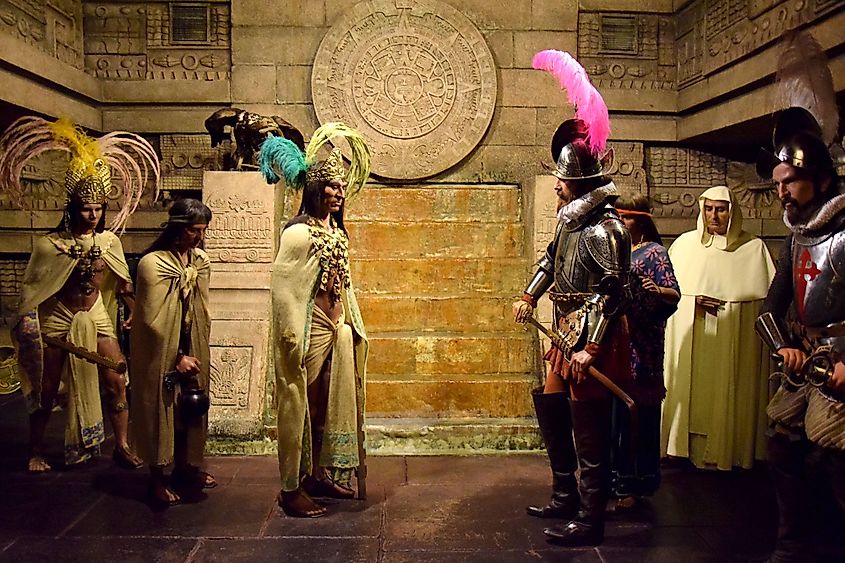
All but one of the countries of Mesoamerica share a common official language, Spanish. The exception is Belize, where English is the official language. Many people in Mesoamerica also speak a myriad of indigenous languages similar to those spoken by their ancestors. For example, Nahuatl, the Aztec Empire's language, is spoken by many Mexicans who live in the south-central part of the country, where the empire once existed. Further south, in southern Mexico, Guatemala, Belize, Honduras, and El Salvador, many people speak Mayan dialects. Other indigenous languages spoken in Mesoamerica include Miskito (Nicaragua and Honduras), Garifuna (Honduras and surrounding area), and Bribri (Costa Rica). The indigenous languages spoken by the people of Mesoamerica are the same or similar to those spoken by people who lived in the time of the region’s various pre-Columbian civilizations.
Brief History Of Mesoamerica
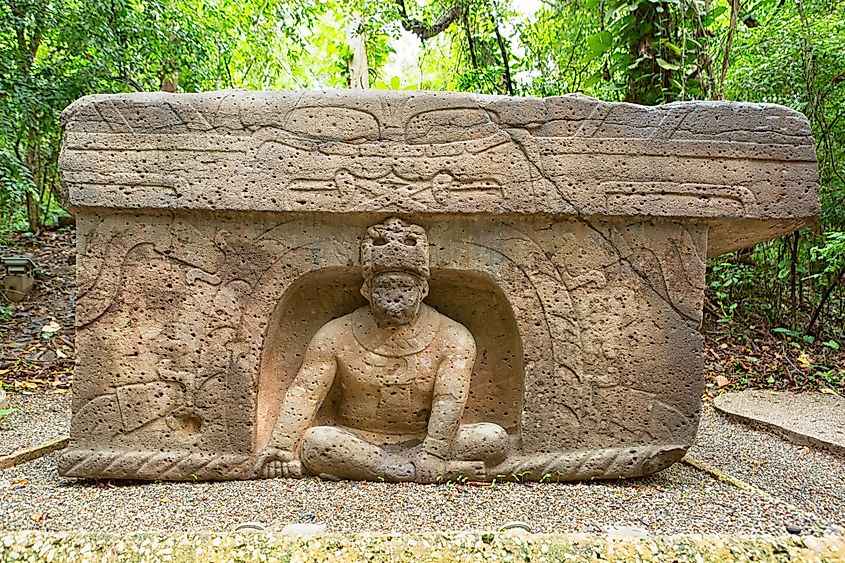
The pre-Columbian history of Mesoamerica is divided into three periods: the Pre-Classic period, the Classic Period, and the Post-Classic Period. The Pre-Classic period was the period between 1500 BCE and 200 CE. During this time, agriculture was refined, and societal structures were set up to allow larger populations. The most prominent civilization to develop during this period was the Olmec, sometimes referred to as the “mother culture” of Mesoamerica. Some of the Mayan city-states and the civilizations of Teotihuacan, the Mixtec, and the Zapotec developed in the latter part of the Pre-Classic Period.
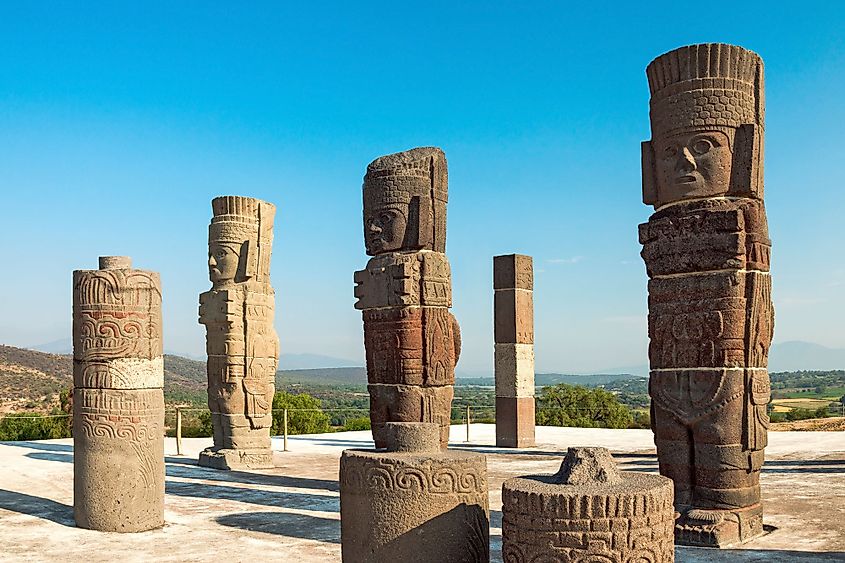
The Classic Period lasted from 200 CE to 900 CE. Great urban centers began to develop during this period, including Monte Alban, Tikal, Palenque, and Copan. Teotihuacan, which began developing in the Pre-Classic Period, grew to a metropolis of 200,000 people at its peak. This period also saw the birth of the Toltec Empire, which developed out of the Toltecs’ main urban center, Tollan. The Toltecs sacked and burned Teotihuacan in 900 CE, marking the end of the Classic Period. The Toltec people would have a profound influence on another empire that would develop in Post-Classic Period, the Aztec Empire.
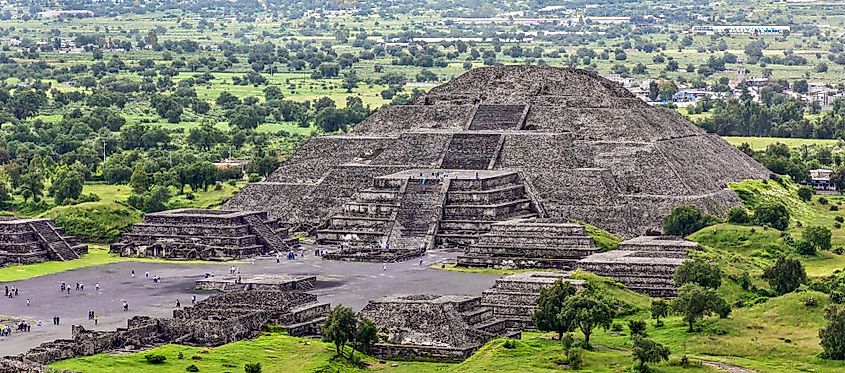
The Aztec Empire emerged in the 13th century. It began with the migration of the Mexican people from northern Mexico to a site called Tenochtitlan. The Aztec Empire controlled much of south-central Mexico, and Tenochtitlan was its capital. At its height, the city had a population of roughly 140,000 people. But even the mighty Aztec Empire was no match for the weapons of the Spaniards, who arrived in the early 16th century. They quickly crushed the Aztecs and destroyed Tenochtitlan. The territory of the Aztecs and the other indigenous civilizations across Mesoamerica became part of the Spanish colony of New Spain.
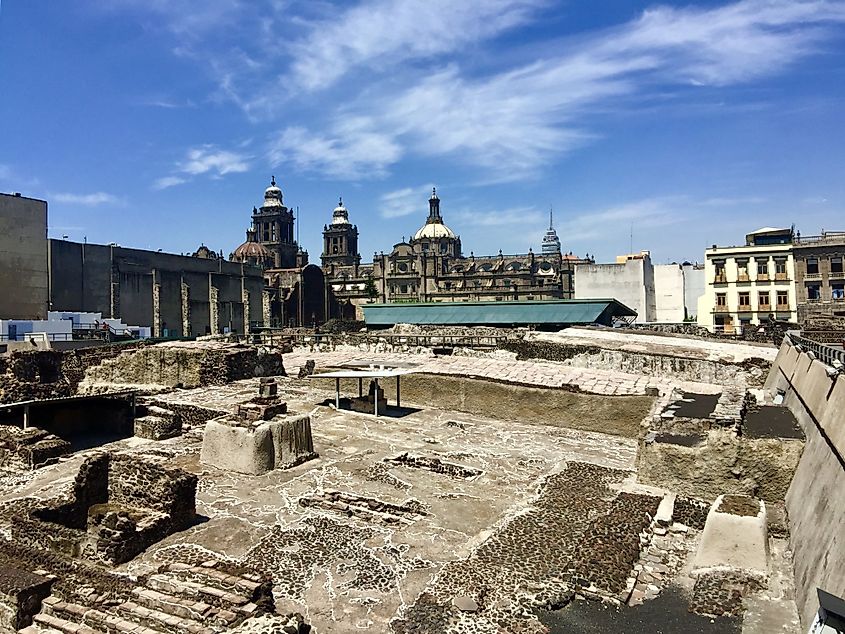
Over the 19th century, however, Mexico and most of the other countries of Mesoamerica gained independence. Violent conflicts and ongoing poverty have historically beset Post-colonial Mesoamerica. The region has also been subject to foreign interference on numerous occasions. During the mid-to-late 20th century, for example, Central America was a battleground for the proxy allies of the United States and the Soviet Union during the Cold War. Today, all the countries of Mesoamerica are still developing countries. Mexico’s economy is still heavily dependent on exports to the United States and remittances from Mexican citizens living in the U.S., while the countries of Central America are making efforts to diversify their economies, which have historically been dependent on cash crops like bananas and coffee.
